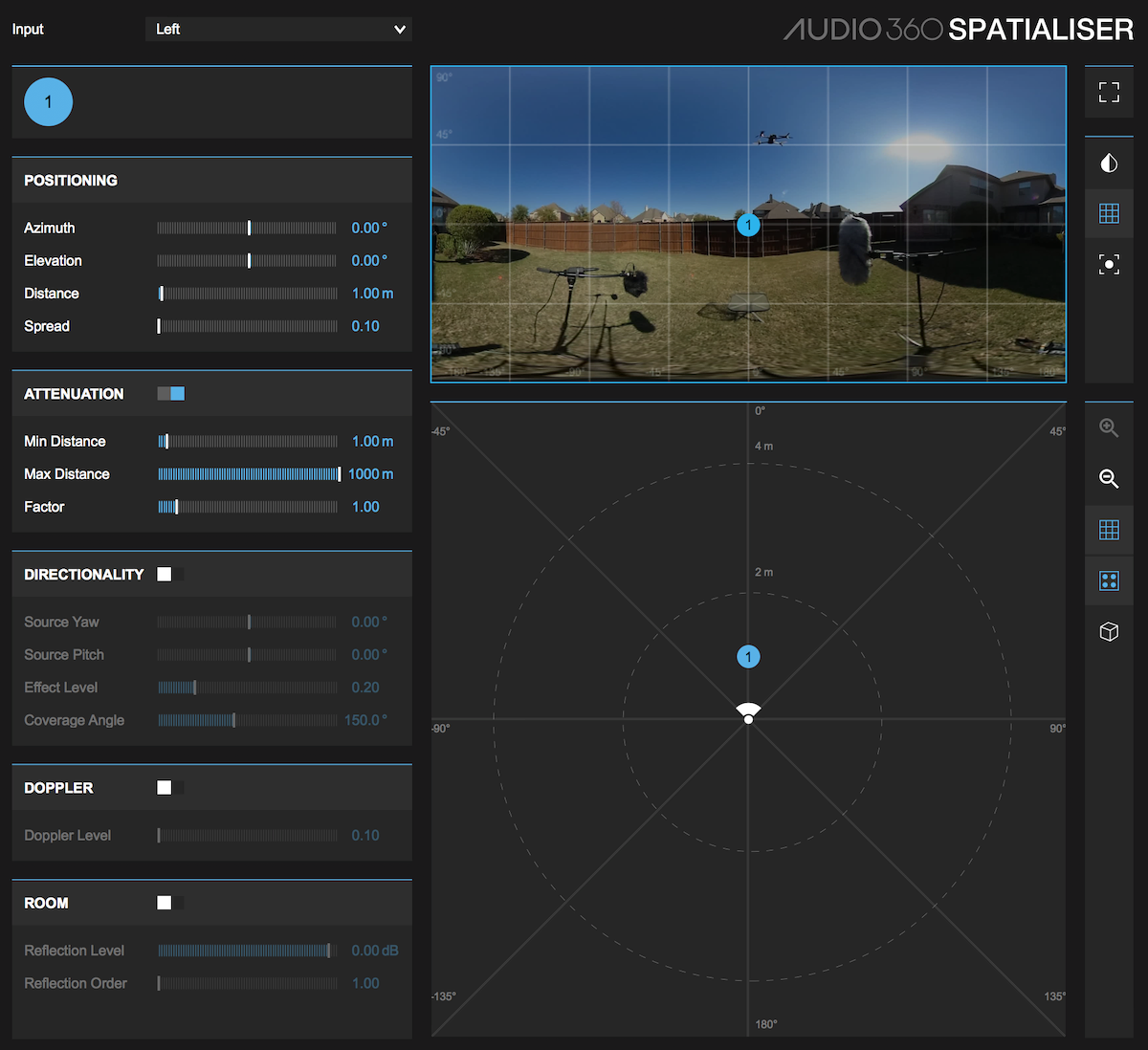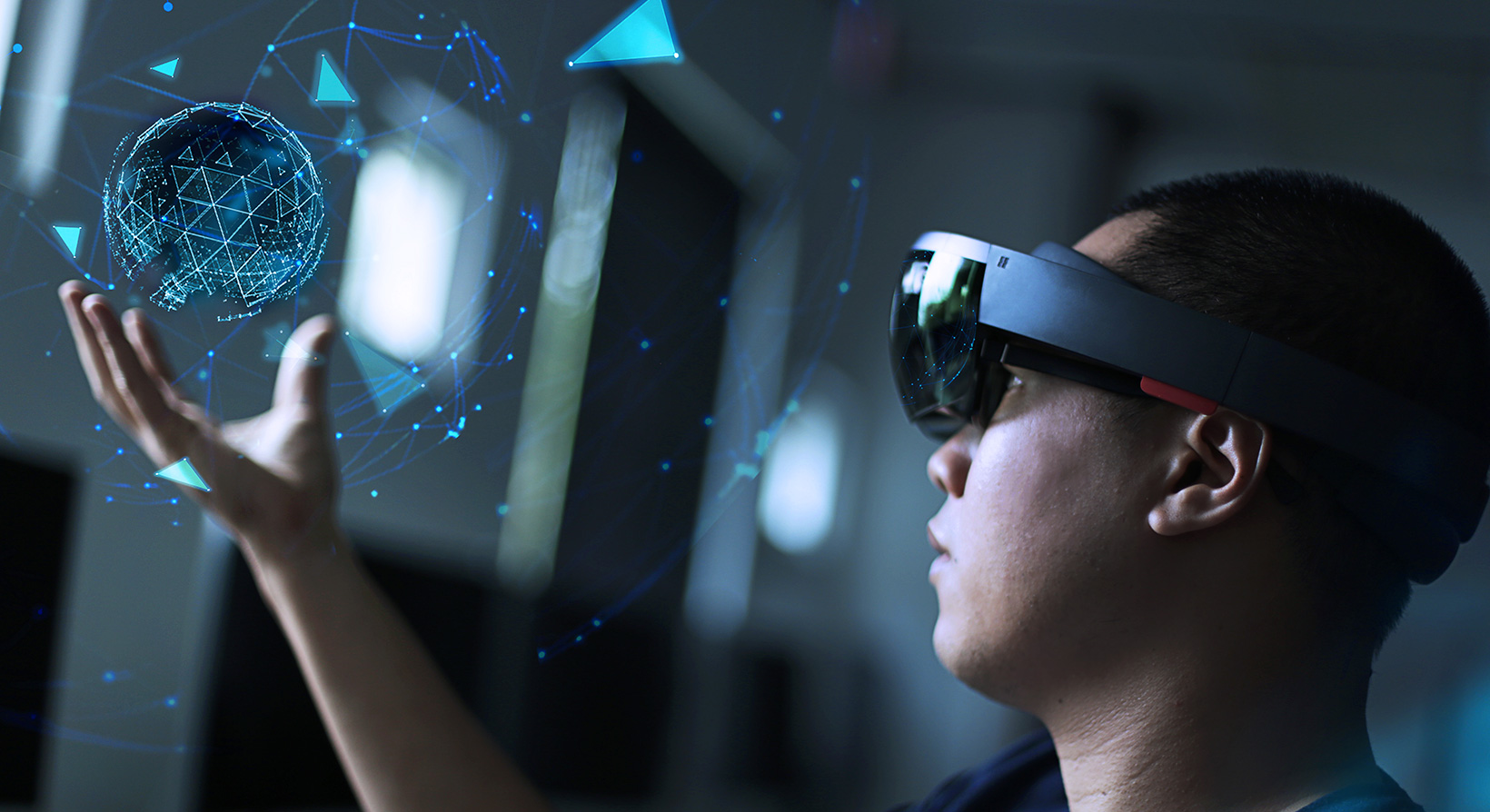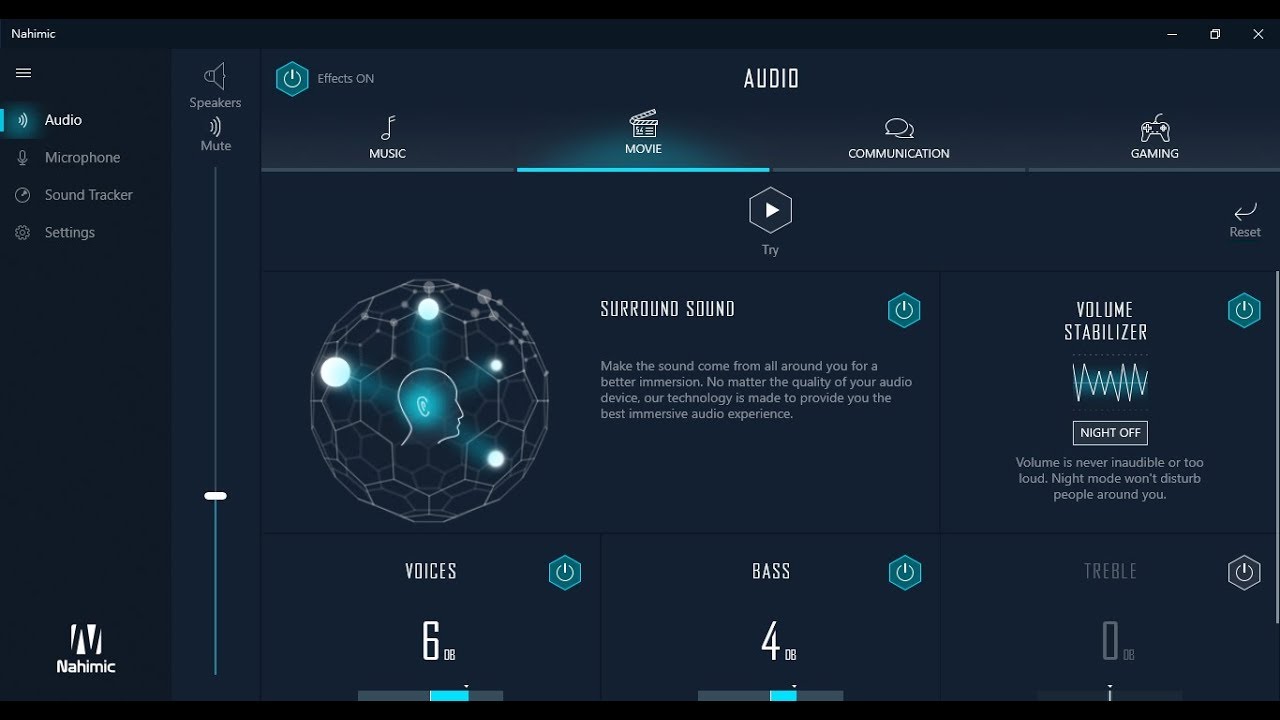
SPATIAL AUDIO
Spatial audio, within the past several years, has caught the attention of many, thanks to its lifelike immersion. With several companies rushing to develop their own algorithm for 3d audio processing, we now have available in the market a wide variety of different spatial audio engine. This technology, alongside other new visual technologies, has allowed for an unprecedented level of immersion in whichever industry they are used; be it motion pictures, education, video games, music, and science. The use of spatial audio in the field of astronomy has also been there for some time; over 60 years! Educational spaces such as planetariums benefit greatly from having 3D audio system, bringing the audience closer to the cosmos; creating new doorways into the universe. Planetariums are essentially cinemas, but with the main difference being their screens covering more than 60% of the occupied building’s interior. This combination, unique to planetariums, is one of the many ways new technologies can be brought together to redefine what it means to be “immersive”. In the following sections, we shall look briefly at how spatial audio became popular through modern mediums such as gaming and social media.
In this article, spatial audio will refer to both 5.1 audio system and binaural audio, as by definition, it means any audio system that is greater than 2.1 and that allows the listener to pinpoint the exact direction of where the sound is coming from; left, right, top left, center, etc.
THE BLOSSOMING

Spatial audio has recently gained popularity thanks to the advent and rapid advancement in the fields of VR and gaming, and its integration with popular media such as YouTube and Facebook. Spatial audio is a result of several generations of experimentations in trying to imitate real-life environments, as we hear sounds coming from all (infinite) directions as opposed to only two audio channels. Two of the most popular forms of spatial audio are binaural, which is made for headphones, and surround systems, where the 5.1 belongs to. Despite having fewer than ∞ channels of real life, engineers were able to imitate real life through complex algorithms and clever speakers placement.
5.1 or BINAURAL?
5.1 initially offered more benefits over binaural as binaural could not track where the listener’s head is turning to, thus failing to capture the immersion of being in a real space. But that gap is already closing rapidly. For starters, we can now use information from our phone compass to track our head movement, and binaural audio is more suitable for most people as it doesn’t require an extravagant setting of speakers nor does it require you to annoy your neighbors with your dozens of loud-speakers. Thanks to the interests and money being poured into the VR industry, and gaming, especially the competitive gaming industry, several software for designing spatial audio has emerged for free to the public and has allowed for wider exposure of the craft to anyone interested.
THE SPREAD

In competitive gaming space, such as CSGO, knowing the exact location of your opponent would be of great advantage. But due to some games’ support of only stereo audio, there are companies that sought to turn the stereo output of the game into quasi-surround-sounding audio. To name a few: Nahimic from MSI, Razer surround, Dolby Atmos, Realtek, Audio Royale, etc.
VIRTUAL REALITY
Before ending this article, I would like to dwell a little more on the topic of virtual reality, as not only is it
a new key player in binaural audio, it is also one of the fastest-growing technologies in the market today.
I have alluded briefly to how VR in gaming leverages the power of audio technology available today, but its application
is more than just being a complement of a virtual world. As computing power grows, so is the power
of VR and its' cousin AR (Augmented Reality)'s immersion. The "presence" of one's mind in a virtually created world is aided
by the realism of the environment. VR's graphics have gotten significantly since it's launch to the commercial market, however,
with the integration of spatial audio, VR has become something the world has never seen before.
The usefulness of the technology is hard to overstate, especially when it comes to education and healthcare. As of now, there is already a well-established health institution that uses VR to aid in the treatment of phobias and trauma. For example, by using animation assets created for video games, head-mounted displays, and directional 3D audio, the team at USC Institute for Creative Technology was able to simulate a realistic virtual space that is relevant to each specific treatment case. More about their method here.
The spread of surround sound technology, from motion pictures into other fields, has indeed brought many new key players to the advancement of the technology. So, would it not then, in this era of audio renaissance, be a waste to not at least leverage the tools available to us now and create something people in the past could not even have dreamt of doing?
Spatial audio can be experienced through my android application, downloadable through Google Playstore:
CLICK HERE TO DOWNLOAD
View app's Privacy and Policy